The Stag Moat
The Stag Moat, a surprising piece of wilderness in the immediate vicinity of Prague Castle, holds a significant historical value. This natural ravine, which now resembles a green oasis filled with mature trees, was left bare for many centuries for the defensive purposes of the Castle. It was in the 16th century that the moat was filled with grapevines, and the first bridge was built over it, connecting the Castle with the newly constructed Royal Garden. The valley of the Brusnice stream got its name only during the reign of Rudolf II, who had a wild game released into the ravine for hunting. Deer and roe deer remained in the valley until 1742, when they were exterminated by the French besieging Prague. In the 20th century, wild animals returned to the ravine thanks to T. G. Masaryk, who placed bears brought by soldiers from Russia in the upper part of the valley. At Masaryk’s request, a lookout was also created above the moat, where the president enjoyed sitting in the shade of a large linden tree. The moat was fully opened to the public only after 1990 when Václav Havel moved into the house above the valley. With the help of architect Josef Pleskot, who designed a system of wooden walkways and an elegant oval passage through the rampart of the Powder Bridge, this unique “wilderness” in the city centre was made accessible to the public. During Miloš Zeman’s presidential term, the moat was closed, but today it is once again open to all who wish to explore its corners.
![Úvodní Jelení Příkop 4[1]](https://mapamatky.cz/wp-content/uploads/2024/08/Uvodni_Jeleni_prikop_41-1024x1024.jpg)
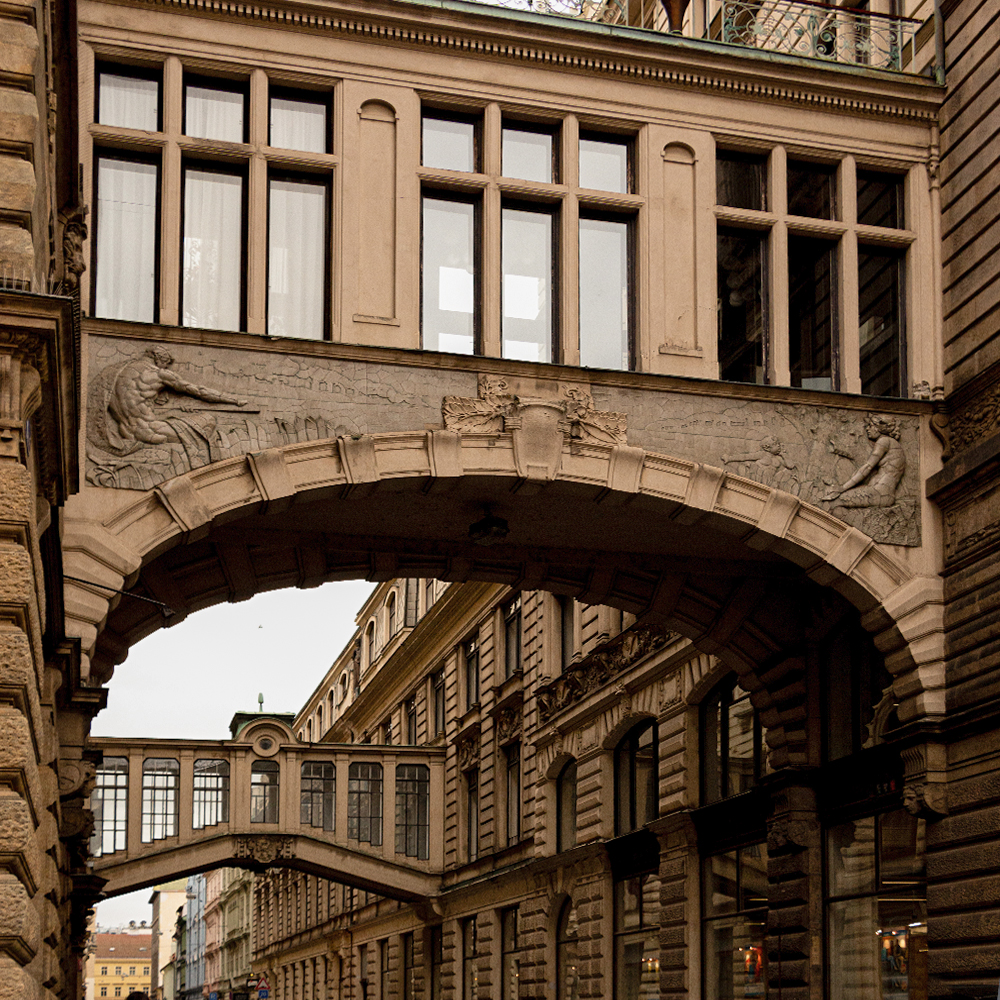
The Živnostenská Banka Palace
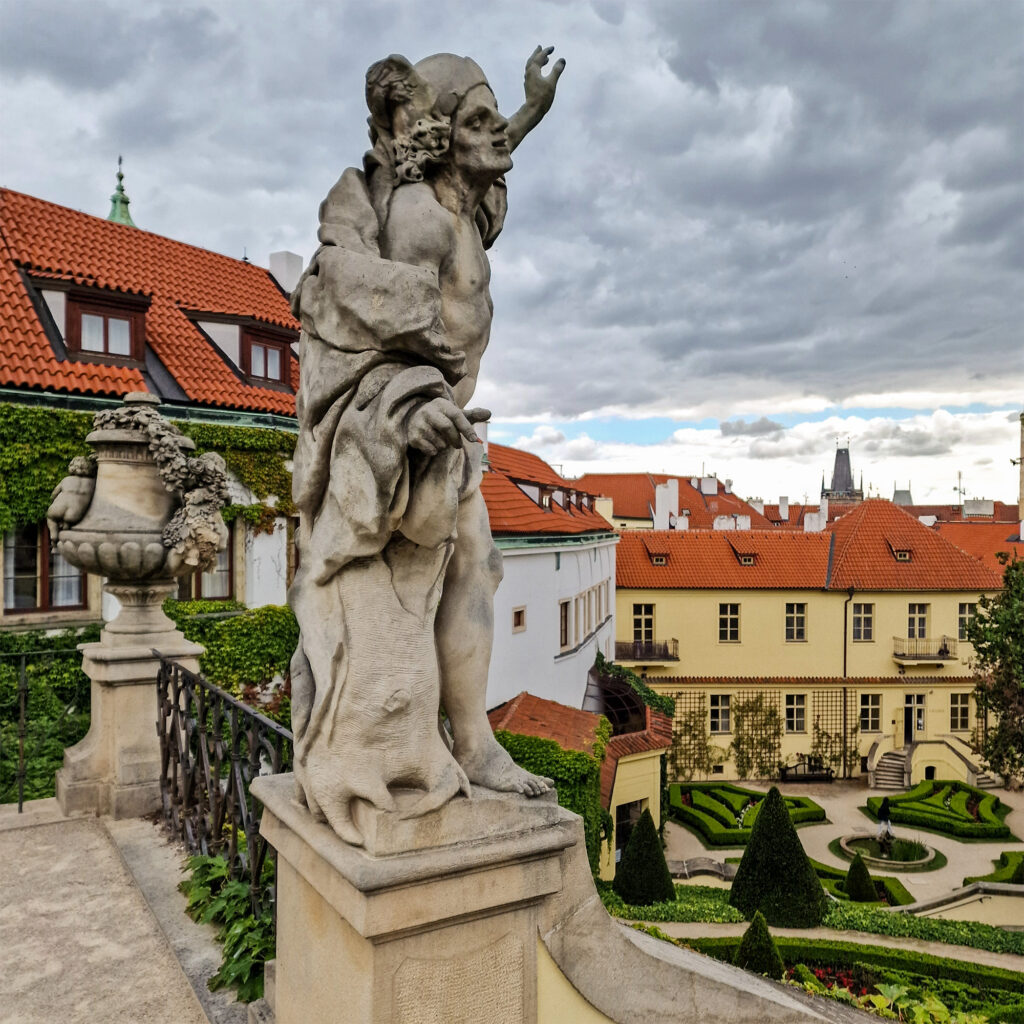
Garden Vrtbovská
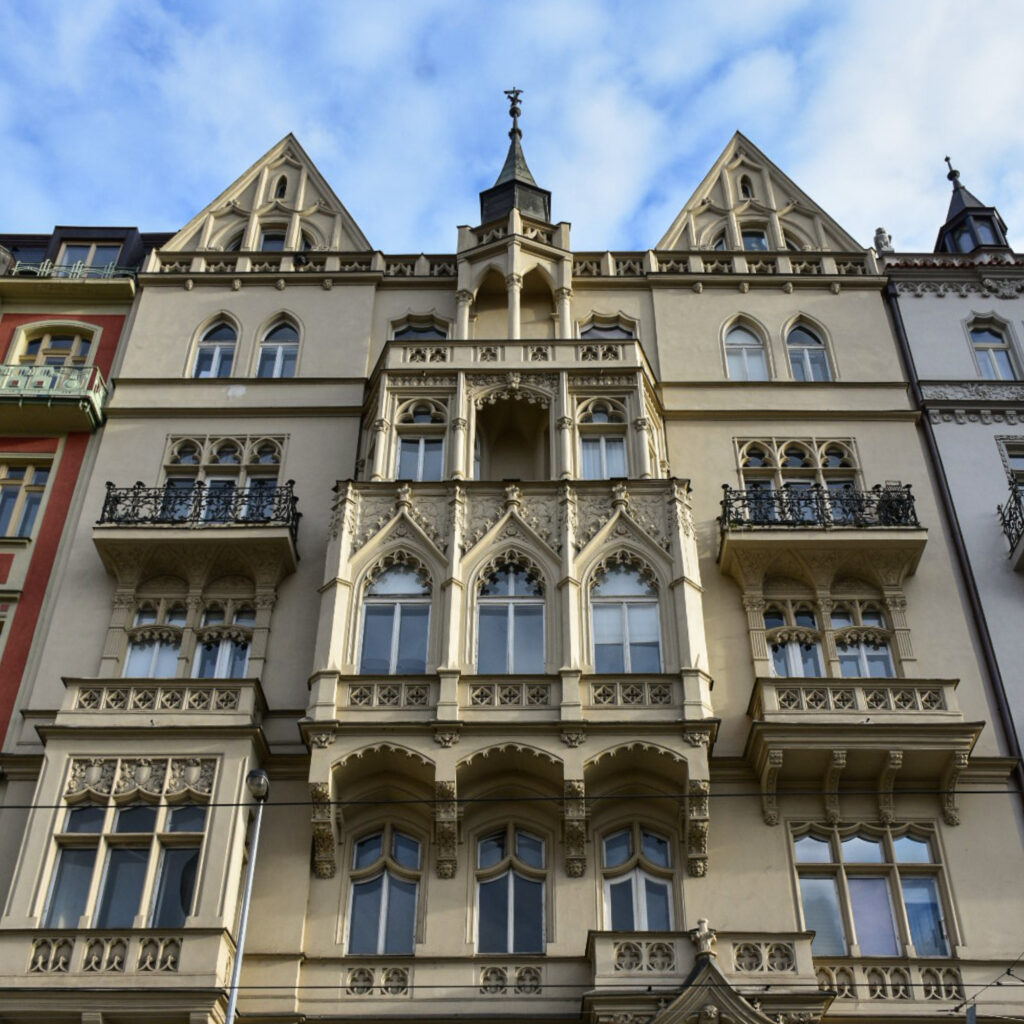
Jiřina Šiklová library
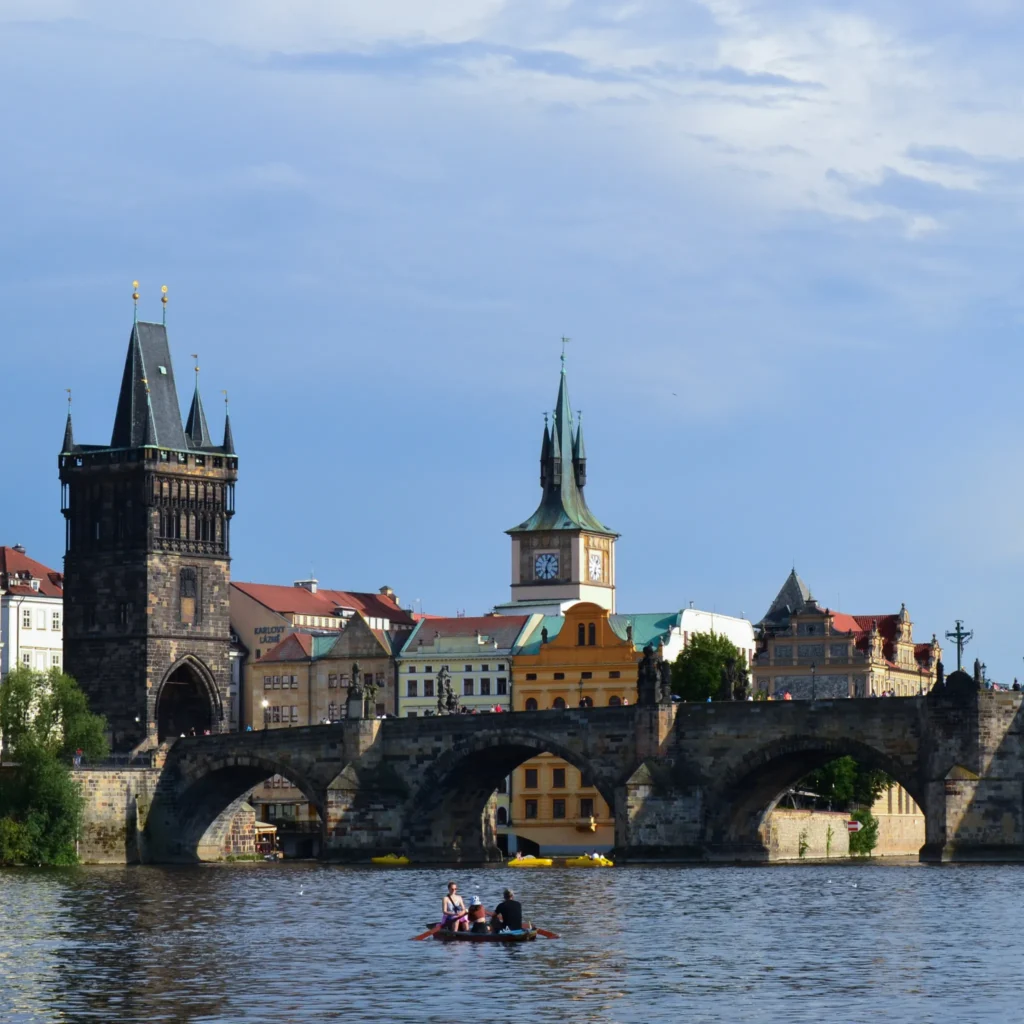
Charles Bridge

New Stage of the National Theatre

Department store Kotva

We Should Have a Talk

Radiopalace

Central telecommunications building

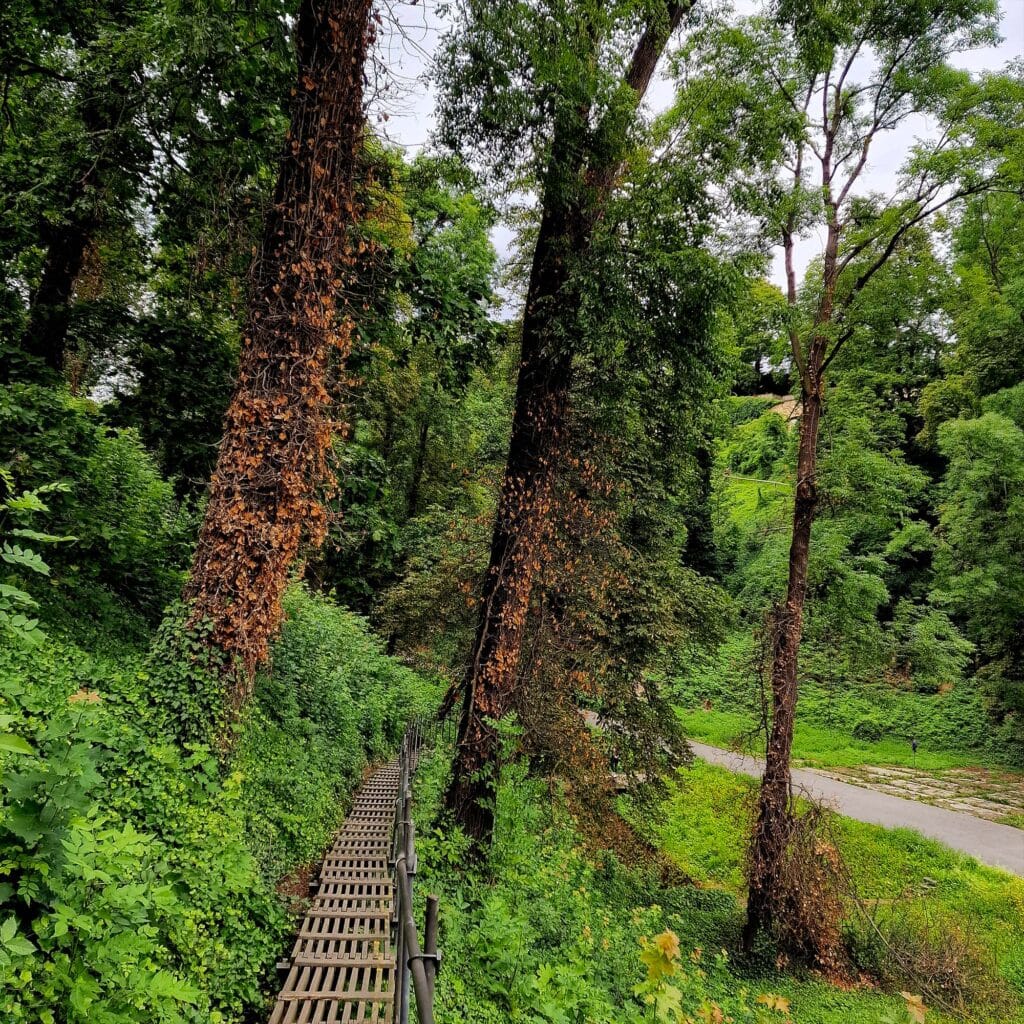
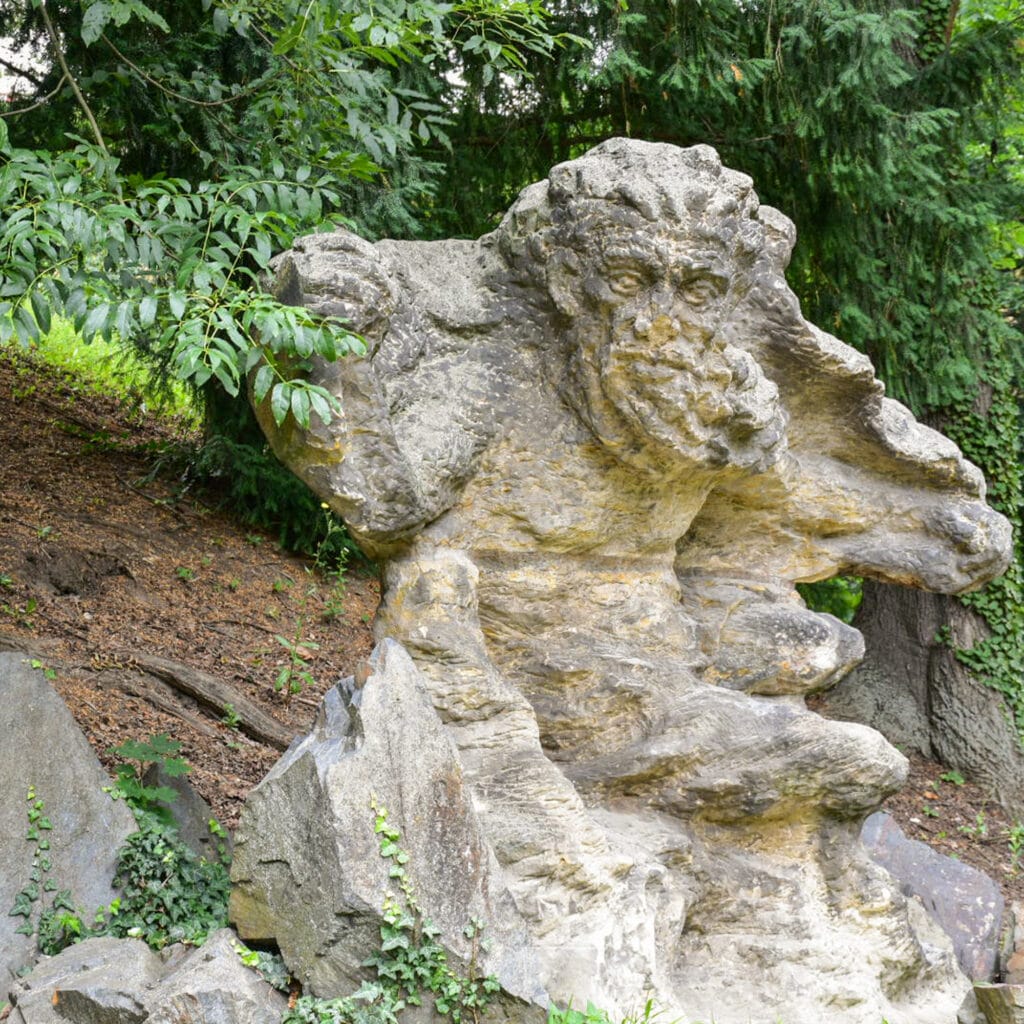

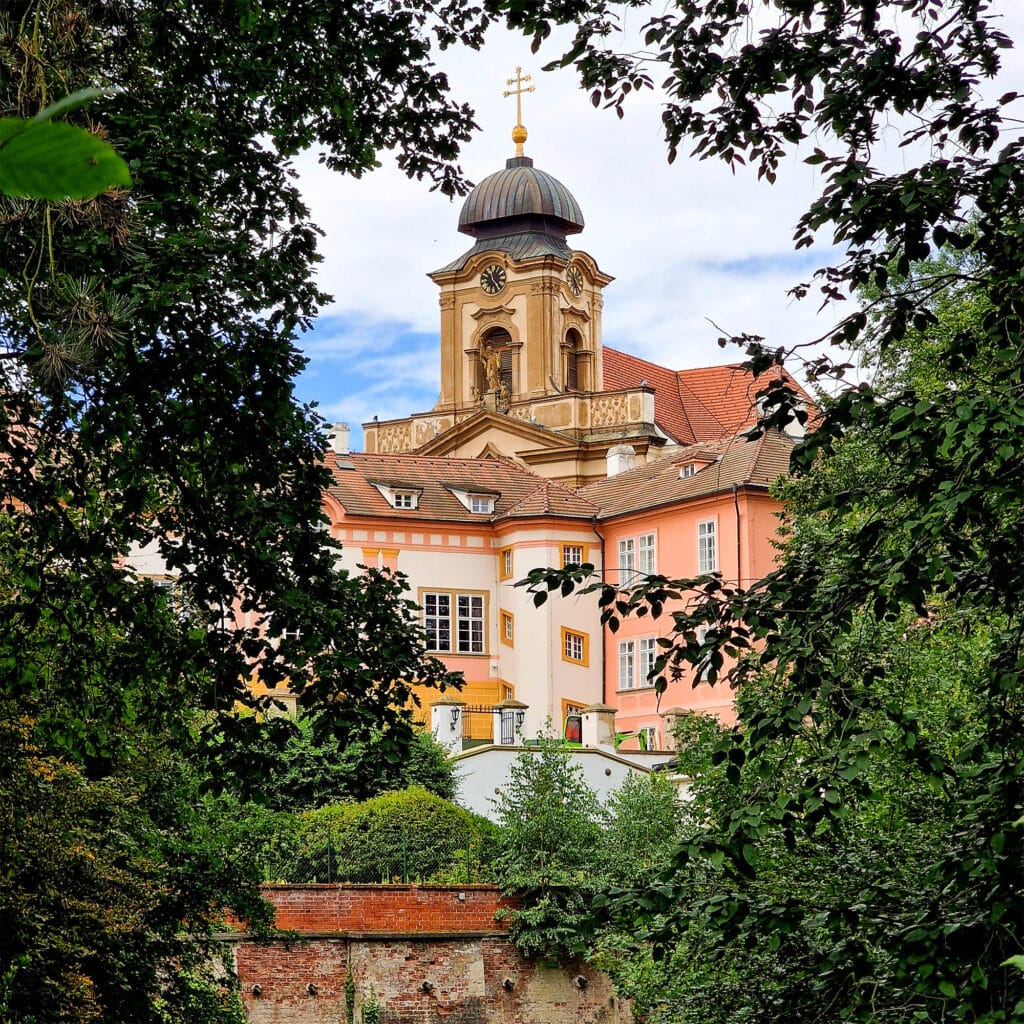
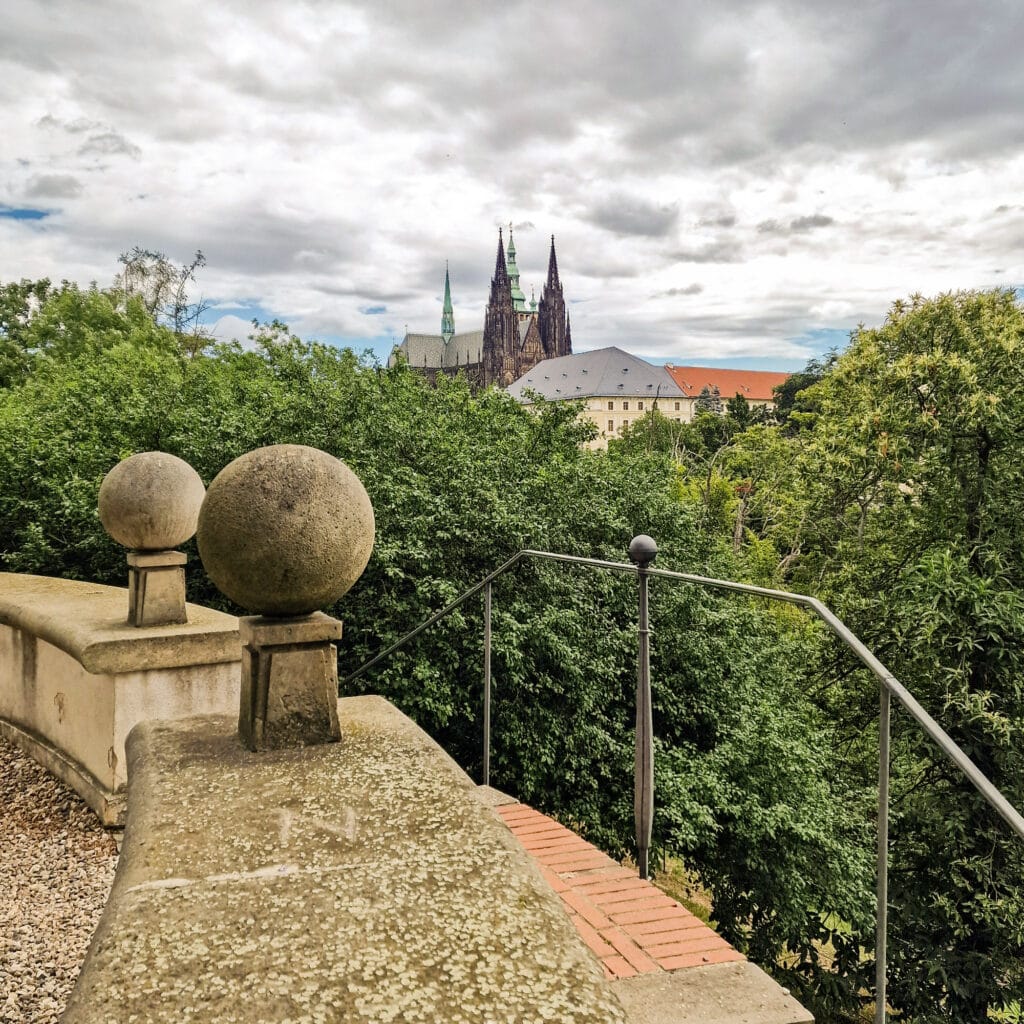
![Jelení Příkop 7[1]](https://mapamatky.cz/wp-content/uploads/2024/08/Jeleni_prikop_71-1024x1024.jpg)